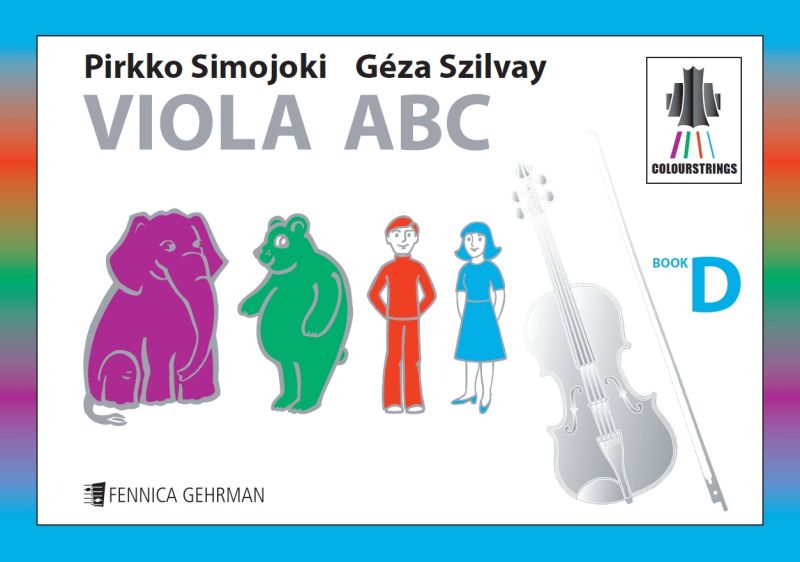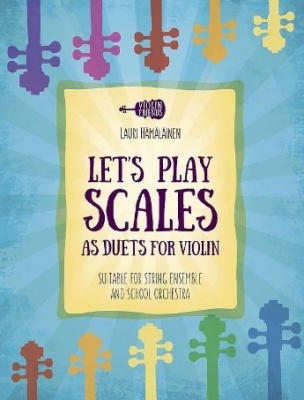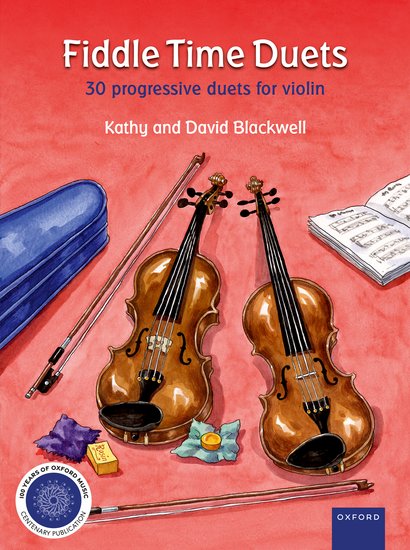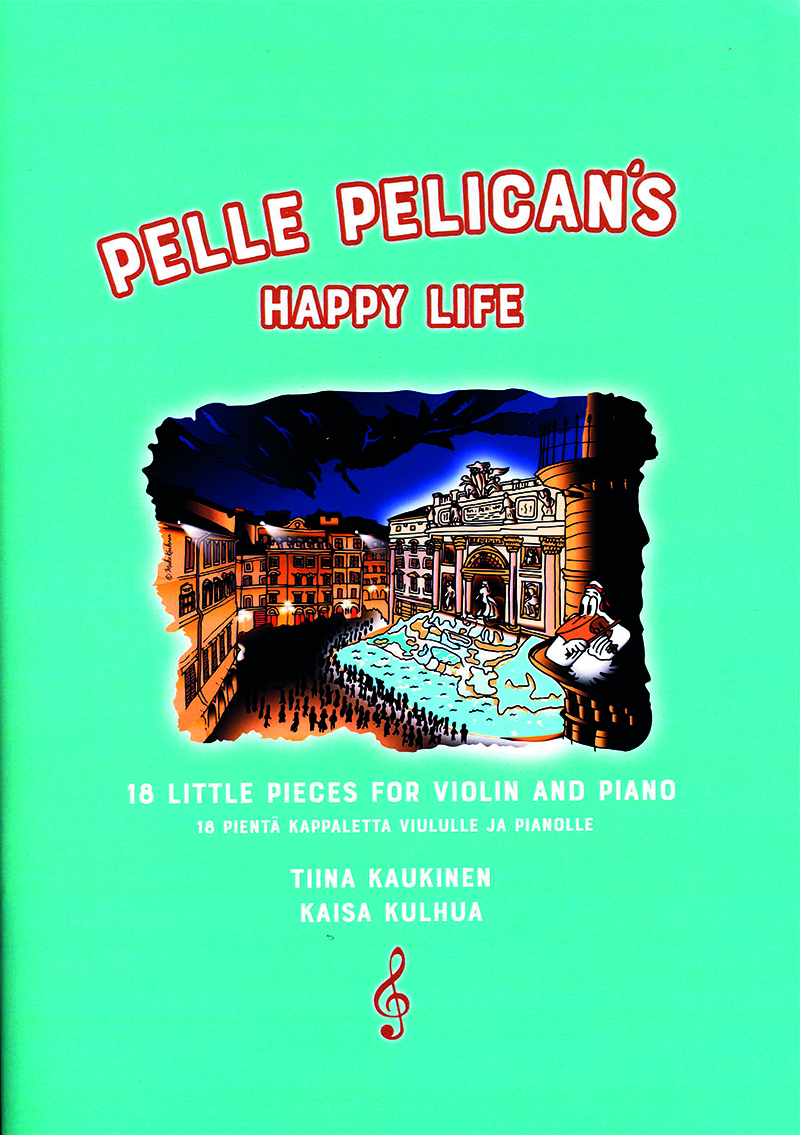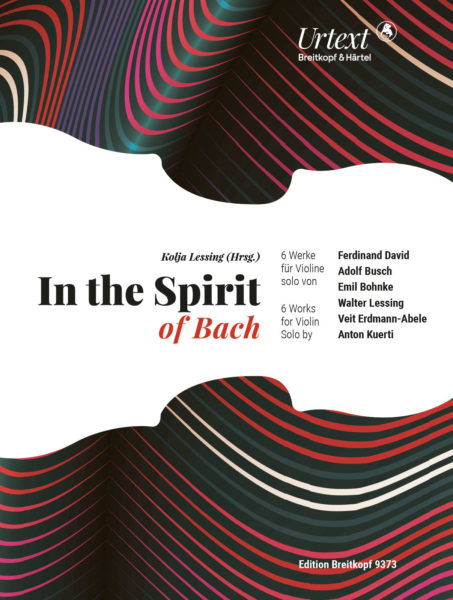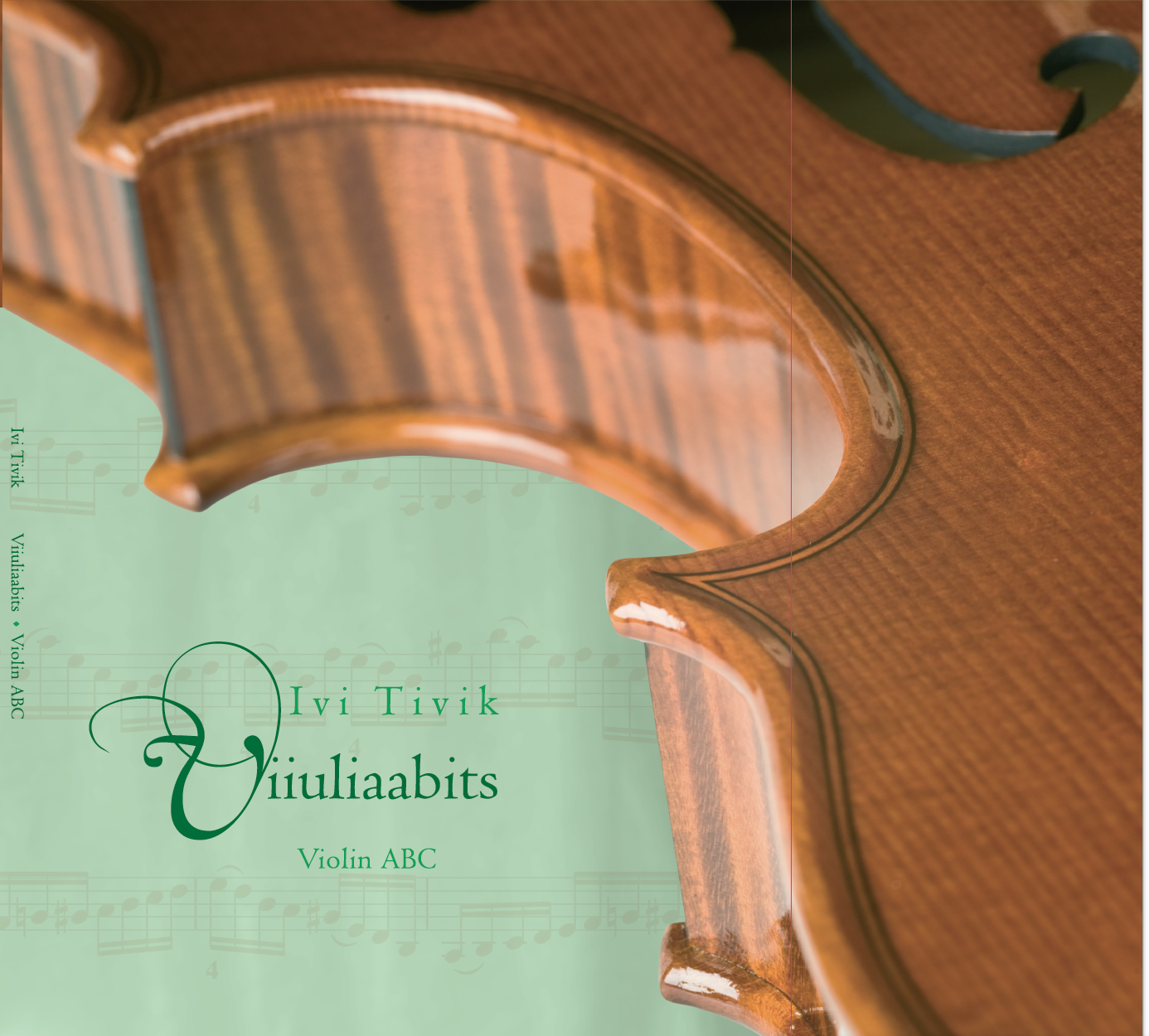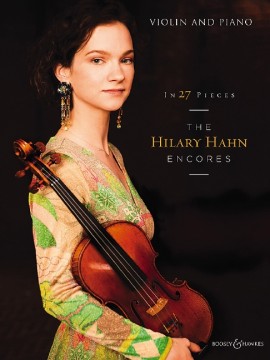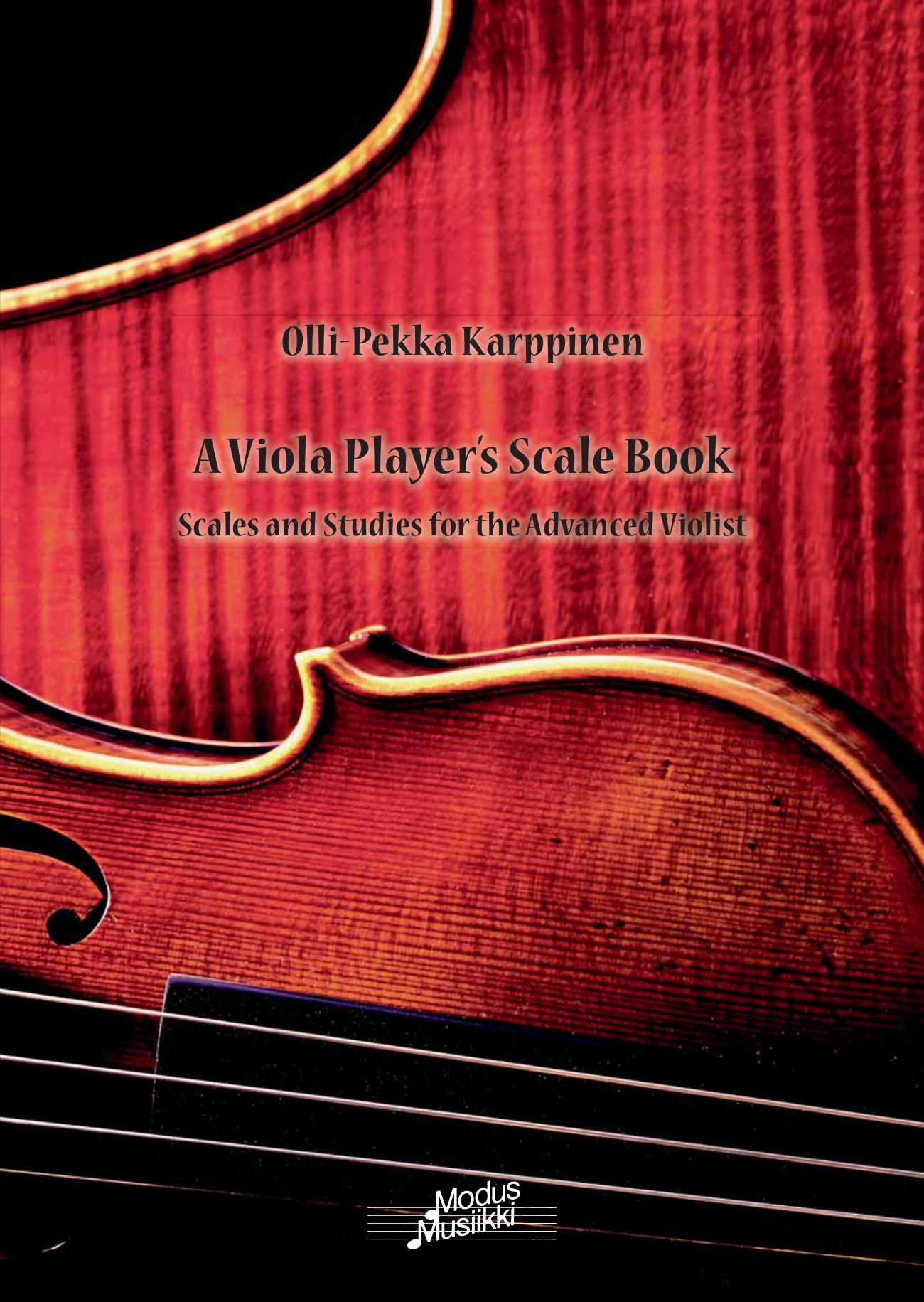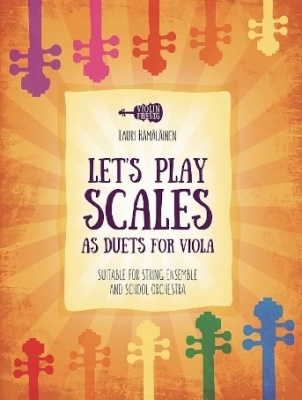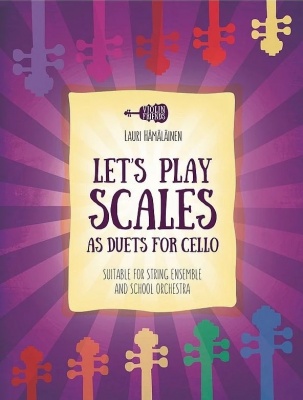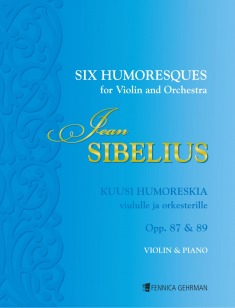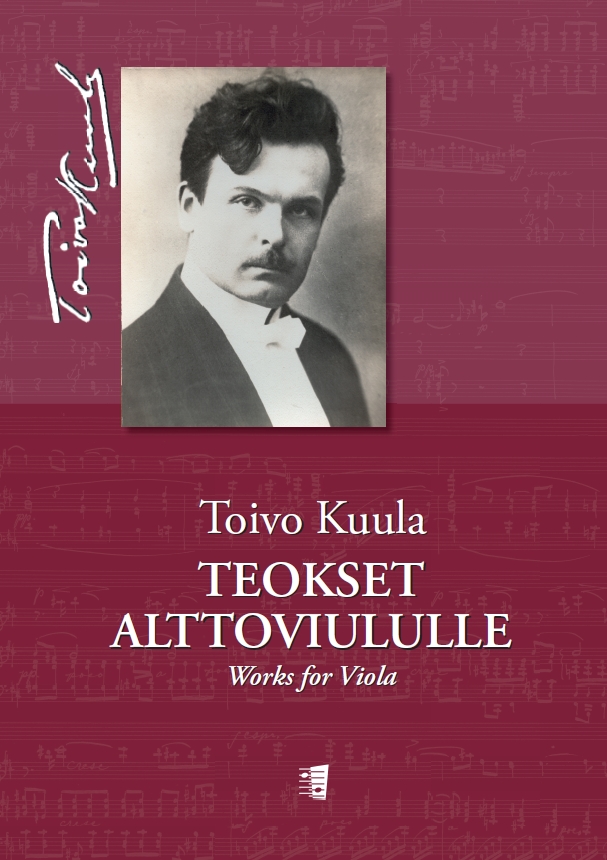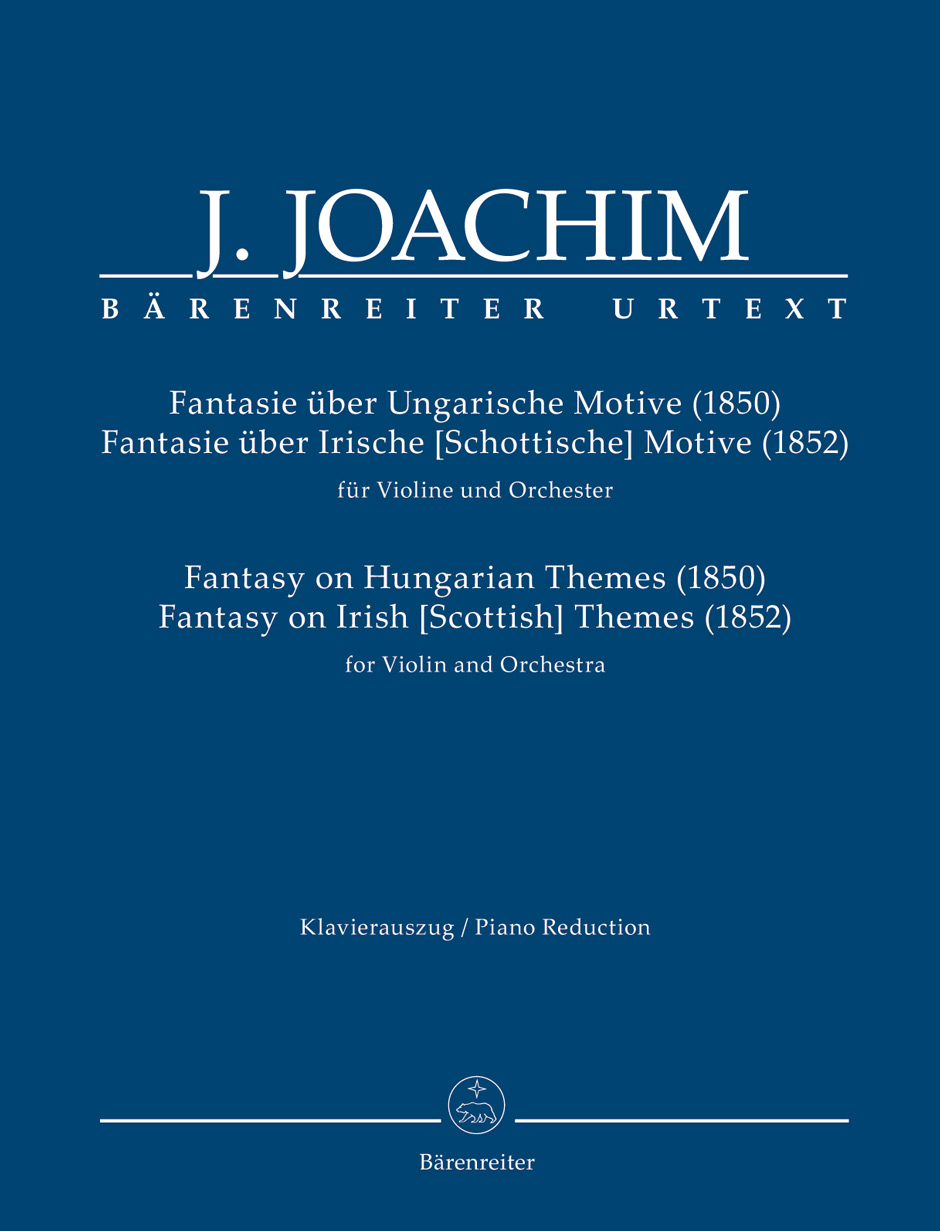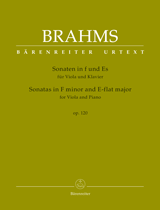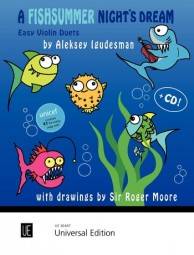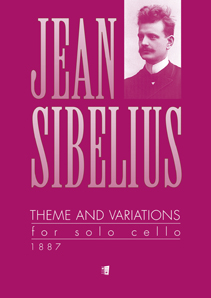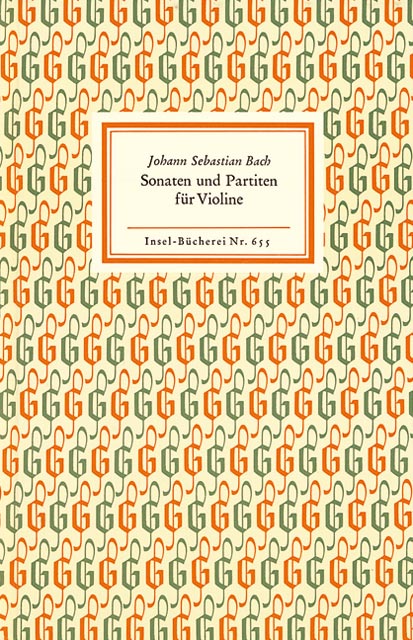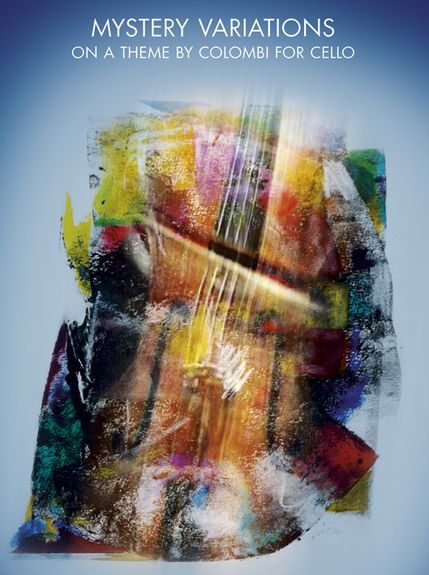Nuotteja ja kirjoja kaupassa 58 173 kappaletta ● Erikoistuotteet tilauksesta
Avoinna ma-pe klo 11-18 (suljettu helatorstaina 29.5.) ma 2.6. alkaen avoinna ma-pe klo 11-16 | puh. 020 7070443 | Musiikkitalo, Mannerheimintie 13a B, 00100 HELSINKI | ostinato@ostinato.fi
Sibelius
Malinconia op 20 (Urtext)(vc,pf)
Hinta: 24,90
€
Varastossa
Urtext based on the Complete Edition Jean Sibelius Works (JSW) edited by Anna Pulkkis [vc,pno] Duration: 12'
Jean Sibelius composed far less music for the cello than for the violin. Malinconia (op. 20) published in 1911 but composed in 1900 under the title Fantasia remained his only opus-numbered work exclusively for cello and piano.
The Fantasia for cello and piano, an early stage of Malinconia, was premiered at a soirée in the Solemnity Hall of the University of Helsinki on 12 March 1900 and was given positive press reviews: The work, which mainly drew attention with its logical and clear structure, begins with a powerful and substantial cello solo, to which the piano responds with a glimmering series of arpeggiated chords. At the end where the instruments unite in a harmonious, deeply emotional song, the harmonic impression they create is very bright and lovely.
The autograph manuscript of Fantasia shows that Sibelius omitted a larger passage of music between the present bars 24 and 25 and that he made further revisions to the work, either before the publishing process or in the proofs he read in April 1911 for Breitkopf.
Jean Sibelius composed far less music for the cello than for the violin. Malinconia (op. 20) published in 1911 but composed in 1900 under the title Fantasia remained his only opus-numbered work exclusively for cello and piano.
The Fantasia for cello and piano, an early stage of Malinconia, was premiered at a soirée in the Solemnity Hall of the University of Helsinki on 12 March 1900 and was given positive press reviews: The work, which mainly drew attention with its logical and clear structure, begins with a powerful and substantial cello solo, to which the piano responds with a glimmering series of arpeggiated chords. At the end where the instruments unite in a harmonious, deeply emotional song, the harmonic impression they create is very bright and lovely.
The autograph manuscript of Fantasia shows that Sibelius omitted a larger passage of music between the present bars 24 and 25 and that he made further revisions to the work, either before the publishing process or in the proofs he read in April 1911 for Breitkopf.

